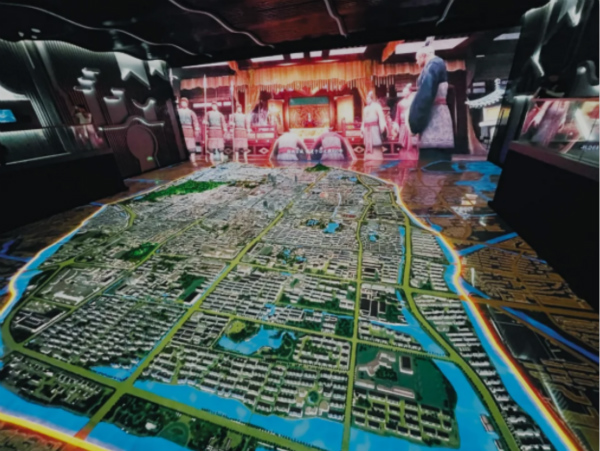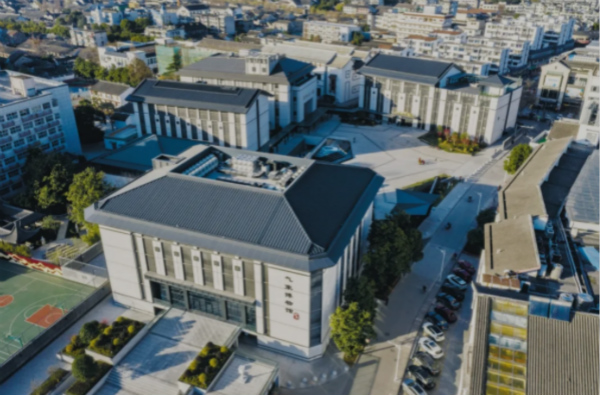Shaoxing celebrates third Ancient City Protection Day

The Shaoxing Ancient City Information Exhibition Center is unveiled in Shaoxing, Zhejiang province on July 15. [Photo/WeChat account: sxfabu]
Shaoxing in East China's Zhejiang province vowed to better protect its ancient city, an iconic 9.09-square-kilometer historic district, on July 15, which marked the city's third Ancient City Protection Day.
At a celebration ceremony, local authorities honored 15 famed craftspeople, granted certificates to nine "guardians of the ancient city", as well as unveiled the Shaoxing Ancient City Information Exhibition Center.
The exhibition center is the latest example of Shaoxing's digitization reform. It boasts a database collecting information on the city's historical sites and will function as a city lounge for people visiting Shaoxing for the first time.
Eleven other ancient Chinese cities, including Hangzhou in Zhejiang, Nanjing in Jiangsu province, as well as Xiangyang in Hubei province, sent congratulation videos praising Shaoxing's successes in ancient city protection.
Instead of building skyscrapers, Shaoxing is undertaking a renovation project to give the 2,500-year-old city a relatively flattened and uniform skyline.
The move is designed to stop buildings from blocking the view of the city's iconic historic district where literary figures in ancient China used to live and have left behind a significant cultural heritage.

Shaoxing is creating a low and flattened skyline to highlight its historic district. [Photo/WeChat account: sxfabu]
In 2019, two government buildings, which were 10 and 12 stories respectively, were both lowered to five stories and converted to museums.
In 2020, 77 residential quarters in the historic district were renovated. "The program not only gives the district a facelift, but also greatly improves our living conditions," said local resident Yang Xingquan.
This year, the city has opened the Xu Wei Art Museum and a pedestrian street at the Lu Xun Native Place. It is also renovating the north entrance to the ancient city, as well as restoring other historical and cultural landmarks.


 Shaoxing Showdowns
Shaoxing Showdowns Zhejiang: A Decade of Progress
Zhejiang: A Decade of Progress Shaoxing in expats' eyes
Shaoxing in expats' eyes